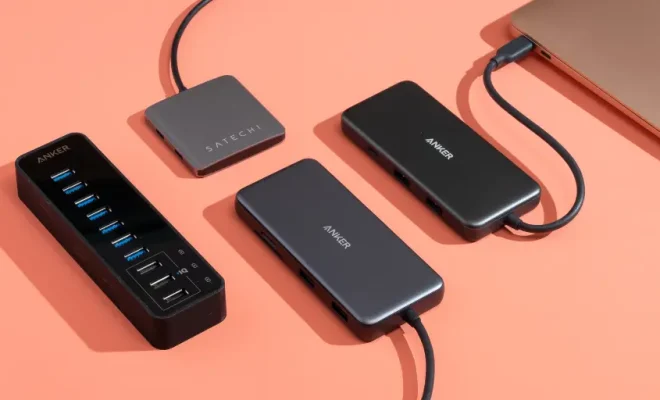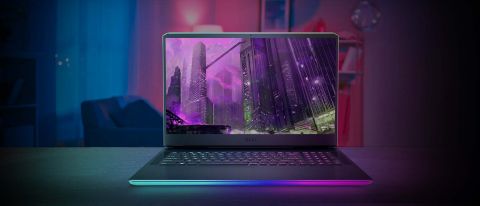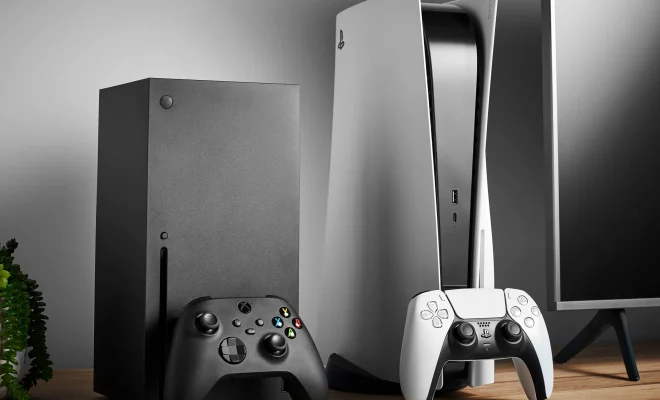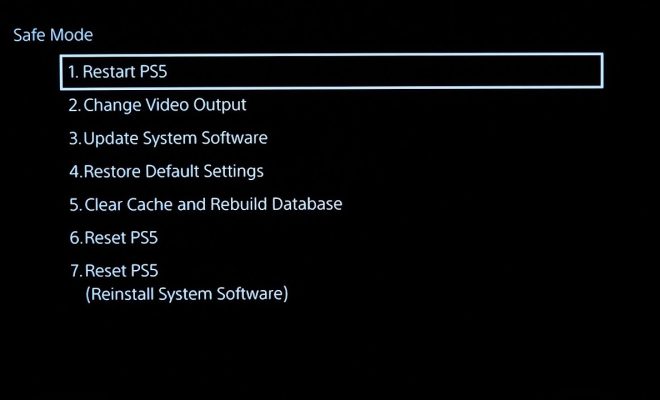What is a Universal Serial Bus (USB)?

A Universal Serial Bus, commonly known as USB, is a widely used interface protocol that enables communication between different electronic devices, including computers, smartphones, and gaming consoles. Since its introduction in 1996, USB has become one of the most convenient and efficient ways of transferring data and powering devices.
A USB consists of a series of connectors, cables, and protocols that transmit data and power between devices. The USB port on a device can serve several purposes, including charging, data transfer, and audio and video output. The cables used in USB come in different shapes and sizes depending on the device being connected. The most common types of USB connectors include A, B, C, mini-A, and micro-A.
USB is a standard interface, meaning that devices manufactured by different companies can communicate with each other. This simplifies the process of connecting different devices and eliminates the need for multiple cables for different devices. The standardization of USB has made it possible for devices to seamlessly transfer data and charge without the use of proprietary cables.
USB cables are used for different purposes depending on the version of the USB being used. For instance, the earlier versions of USB (1.0 and 2.0) were commonly used for charging phones and transferring small data files. On the other hand, the newest version of USB (3.2) can transfer data at speeds of up to 20 Gbps and is commonly used for high-speed data transfer between devices.
In addition to data transfer, USB can also be used for charging devices. The standard voltage for USB charging is 5 volts. However, the charging speed can vary depending on the device being charged and the power output of the USB port. For instance, some devices require a higher power output to charge quickly, which can be achieved through faster charging USB cables.
In conclusion, a Universal Serial Bus (USB) is a widely used interface protocol used to transmit data and power between different electronic devices. The standardization of USB has made it possible for devices to easily communicate with each other, eliminating the need for proprietary cables. Moreover, the versatility and convenience of USB have made it an indispensable part of modern-day technology.





